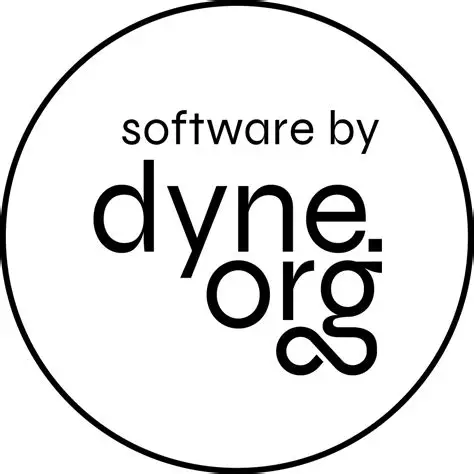Interfacer-notebook
Rapid prototyping data modeling for Zenflows
A notebook-based tool/examples for GraphQL calls to the Interfacer back-end.
This tool is written in Python and it is based on Jupyter notebooks.
Building the digital infrastructure for Fab Cities

What is INTERFACER?
The goal of the INTERFACER project is to build the open-source digital infrastructure for Fab Cities.
Our vision is to promote a green, resilient, and digitally-based mode of production and consumption that enables the greatest possible sovereignty, empowerment and participation of citizens all over the world. We want to help Fab Cities to produce everything they consume by 2054 on the basis of collaboratively developed and globally shared data in the commons.
To know more DOWNLOAD THE WHITEPAPER
Interfacer-notebook Features
This repository contains notebooks for several use cases:
-
a flow defined during the Reflow project that focusses on making isolation gowns used in hospitals more circular. The use-case is described here. The flow expressed according to Value Flows is represented by the following picture (taken from this repo):

- The notebook implements a part of it which concerns the agents `hospital` and `Textile Company` (called the cleaner in the notebook). -
a flow corresponding to the Interfacer project's front-end here.
-
a flow corresponding to the Libre Solar project.
-
a flow including proposals and grouping.
LIVE DEMO
🚩 Table of Contents
💾 Install
NOTE: at the moment you need some credentials to create users, so this software cannot run without an appropriate .credentials.json of the form:
{
"key": "<secret key>"
}
We assume you have python 3 installed on your system. Here the step by step installation:
git clone <this repo>
cd <cloned dir>
It is better to create a virtual environment (for example with miniconda), but it is not obligatory, thus the next step is optional:
conda create -n <name of env> python==<your python version>
conda activate <name of env>
Note that we use python 3.11 and previously 3.9 but we have not tested the code with other versions. Nonetheless, the code should work also with other versions.
If you have chosen not to install a virtual environment, use pip3 instead of pip in the following commands.
Proceed to install jupyter notebook:
pip install notebook
#or pip3 install notebook if not using conda
and the required packages:
pip install requests
pip install zenroom
pip install plotly
# or pip3 install requests, pip3 install -U zenroom --pre and pip3 install plotly if not using conda
The latter will install the latest version of zenroom.
start jupyter notebook with:
jupyter notebook
(if jupyer is not on your path, try search for it in your home directory, for example ~/.local/bin/jupyter notebook)
A browser should open (or you should open it with the url indicated on the command line output).
Jupyter notebook opens in the directory you launched it from.

Make sure you are in the Interfacer-notebook folder and click on interfacer.ipynb to open the notebook in another tab.

🎮 Quick start
In one of the first cells of each use case you can customise the data for your users. Subsequently, the notebook creates some JSON files in order to store information about the users that has been created, the locations, the resource specifications and the units used to quantify the resources.
This information is stored separately per use case and per endpoint on disk with a folder structure like <use-case>/<endpoint>/<file>.json.
When run again, the notebook will reuse info from existing files, avoiding recreating users,units,locations and specs that already exist. It will therefore not overwrite existing files, so if you want to reset the conf files you need to delete them manually.
🔧 Configuration
NOTE: at the moment you need some credentials to create users, so this software cannot run without an appropriate .credentials.json of the form:
{
"key": "<secret key>"
}
😍 Acknowledgements

Copyleft (ɔ) 2022 by Dyne.org foundation, Amsterdam
Designed, written and maintained by Stefano Bocconi
With contributions by Adam Burns & Puria Nafisi Azizi
🌐 Links
👤 Contributing
- 🔀 FORK IT
- Create your feature branch
git checkout -b feature/branch - Commit your changes
git commit -am 'Add some fooBar' - Push to the branch
git push origin feature/branch - Create a new Pull Request
- 🙏 Thank you
💼 License
Interfacer-notebook - Rapid prototyping data modeling for Zenflows
Copyleft (ɔ) 2022 Dyne.org foundation
This program is free software: you can redistribute it and/or modify
it under the terms of the GNU Affero General Public License as
published by the Free Software Foundation, either version 3 of the
License, or (at your option) any later version.
This program is distributed in the hope that it will be useful,
but WITHOUT ANY WARRANTY; without even the implied warranty of
MERCHANTABILITY or FITNESS FOR A PARTICULAR PURPOSE. See the
GNU Affero General Public License for more details.
You should have received a copy of the GNU Affero General Public License
along with this program. If not, see <http://www.gnu.org/licenses/>.